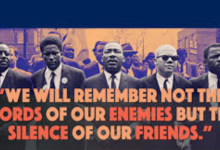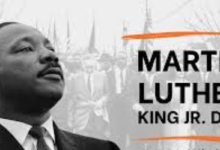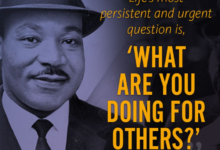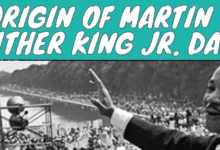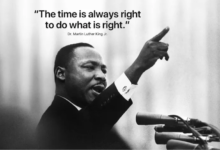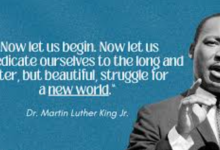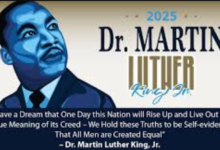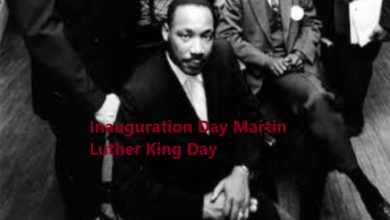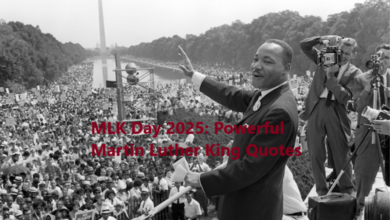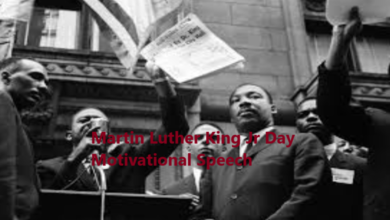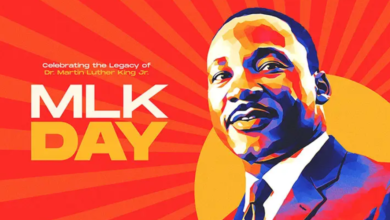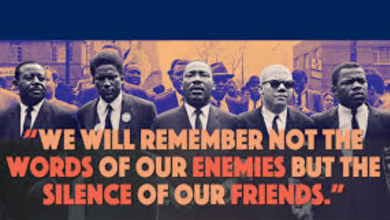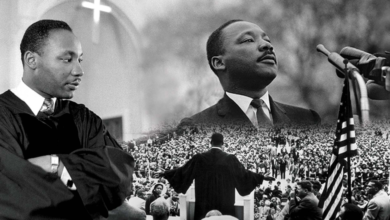Dr Martin Luther King Jr Images 2025
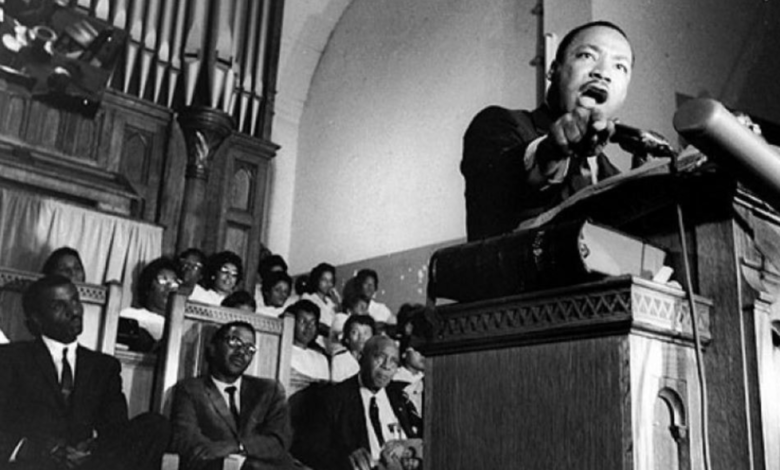
Dr. Martin Luther King Jr. is one of the most enduring figures in history, known for his tireless work toward equality, justice, and peace. His speeches, marches, and leadership during the Civil Rights Movement remain deeply ingrained in our collective memory, but sometimes words fail to capture the gravity and emotion of his work. That’s where images come in.
Images of Dr. King don’t just show us the man—they provide a window into the pivotal moments that shaped the Civil Rights Movement. They remind us of his bravery in times of adversity and his unwavering belief in equality for all.
With the year 2025 marking important anniversaries of the milestones he achieved, we explore the importance of preserving and sharing images of Dr. King as a way to honor his legacy and carry it forward.
Whether you’re looking for inspiration, historical context, or materials for commemorative events, this guide highlights why Dr. King’s imagery is so significant and how you can access or utilize these visuals in impactful ways.
Why Dr. Martin Luther King Jr.’s Images Matter
1. They Showcase the Reality of the Civil Rights Movement
Images of Dr. King—marching arm-in-arm with protesters, standing poised at a podium, or quietly reflecting before a pivotal moment—have deep historical significance. These photos tell stories that words can’t always fully convey.
For instance, the iconic “I Have a Dream” speech is powerful in itself, but the accompanying photo of King addressing over 250,000 people at the Lincoln Memorial gives a tangible sense of the scale of the March on Washington and its significance.
Photos of him standing outside of a segregated restaurant or leading marches through hostile crowds remind us of the courage it took to peacefully protest in an era of deep systemic oppression.
2. They Offer Inspiration Across Generations
Dr. King’s images are a source of inspiration for not just activists, but people in all walks of life who believe in standing up for what’s right. A single image of King leading a march, hands joined with fellow activists, can serve as a powerful reminder to remain resilient, even in the face of overwhelming odds.
These images transcend time, making his legacy accessible to younger generations who may not feel a connection to the Civil Rights Movement’s more distant events.
3. They Spark Necessary Conversations
Not all of Dr. King’s images show triumph. Many spark difficult but necessary conversations about inequality, injustice, and the cost of progress. A photo of Dr. King sitting in a Birmingham jail cell or staring down hostile counter-protesters prompts us to reflect on how prejudice and systemic racism persist today.
Such imagery serves as a call to action, urging us to continue the fight for equality and justice in our daily lives.
Capturing Dr. King’s Legacy in 2025
Preserving History Through Digital Archives
With 2025 expected to feature special exhibitions and commemorations for Dr. King, several digital archives are working to make these iconic images more widely accessible. Websites like the Library of Congress, the National Civil Rights Museum, and the King Center provide access to high-quality scans and expertly curated galleries.
Similarly, contemporary artists and photographers continue to create new works inspired by Dr. King’s legacy. These modern interpretations build on his imagery while making it relevant to a new generation of activists and advocates.
How to Find the Right Images for Your Use
If you’re planning a commemorative event, educational program, or social media campaign in 2025, here are some tips for sourcing and using images responsibly.
1. Check for Copyright-Free Archives
There are many public-domain and copyright-free sources that offer images of Dr. King. Websites like Wikimedia Commons and the U.S. National Archives provide a range of photos you’re free to use.
2. Use High-Quality Images
Low-resolution or poorly cropped images can diminish the impact of your messaging. Many official archives ensure that their photos are available in high resolution, maintaining their power and clarity.
3. Contextualize the Images
When using images, ensure they’re accompanied by context. For example, if you’re posting a photo of Dr. King marching in Selma, include a caption or article explaining the significance of the Selma to Montgomery marches.
